- City:
- Laurel, MD
- Site Type:
- Wildlife Refuges, Education and Health, Parks and Recreation, Federal Facilities, Forestry and Agriculture, Laboratories, Landscaping and Tree Planting, Administrative Buildings, Auxiliary Federal Facilities, Research Facilities
- New Deal Agencies:
- Bureau of Biological Survey, Conservation and Public Lands, Public Works Funding, Work Relief Programs, Public Works Administration (PWA), Civilian Conservation Corps (CCC), Works Progress Administration (WPA), National Youth Administration (NYA)
- Started:
- 1936
- Completed:
- 1942
- Quality of Information:
- Very Good
- Marked:
- No
- Site Survival:
- Extant
Description
President Franklin Roosevelt created Patuxent Research Refuge (PRR) with Executive Order 7514, December 16, 1936, and Secretary of Agriculture Henry Wallace dedicated it on June 3, 1939. The refuge began with 2,670 acres and has since grown to 12,841 acres. It is “the nation’s only national wildlife refuge established to support wildlife research” (U.S. Fish & Wildlife Service).
Several New Deal agencies helped to build the extensive facilities at the Patuxent Research Refuge. At the time, wildlife refuges came under the direction of the Bureau of Biological Survey (later merged into the Fish & Wildlife Service). The Works Progress Administration (WPA) constructed laboratories (Merriam, Nelson and Henshaw), living quarters, and service & repair facilities. The Civilian Conservation Corps (CCC) prepared the grounds for research, including holding areas for animals, experiment ponds, landscaping, planting, and the creation of Cash Lake. The Public Works Administration (PWA) provided funding and the National Youth Administration (NYA) additional relief labor.
Dr. Leland Morley, PRR’s superintendent from 1938 to 1948, wrote a detailed history of the early development of PRR (see source list) and was pleased with the New Deal work, noting: “The quality and quantity of the work performed by the refuge WPA project on the whole was excellent. The men were interested in the project and the laborers, with few exceptions, took pride in their work and the praise that they earned” He added, “The CCC Camps were well organized under efficient leadership, and the excellent quality and quantity of the work performed on the refuge was a direct result of the high morale.”
Since its creation, PRR has performed valuable work and research, including helping to save the whooping crane from extinction, examining the impact of lead shot on waterfowl, and determining the effect of the pesticide DDT on bird eggs. PRR’s work has led to significant legislative changes and influenced Rachel Carson’s groundbreaking book, Silent Spring.
Today, PRR is a great historic example of how New Deal investments laid the foundation for scientific findings and preservation efforts that benefit us today. Formerly-unemployed men, working in the WPA and CCC, contributed mightily to natural resource and wildlife conservation.
Source notes
Leland Morley, “Early History of Patuxent Wildlife Research Center,” ca. 1948, report linked from the U.S. Geological Survey (accessed May 12, 2020).
Matthew C. Perry, “The Evolution of Patuxent as a Research Refuge and a Wildlife Research Center,” ca. 2002 (accessed May 12, 2020). Note: Matthew C. Perry is an Emeritus Scientist at Patuxent Research Refuge.
“Patuxent History,” U.S. Geological Survey (accessed May 12, 2020).
“About the Refuge,” U.S. Fish & Wildlife Service (accessed May 12, 2020).
“50-year whooping crane program will close at Patuxent refuge,” Washington Post, November 19, 2018 (accessed May 12, 2018).
Site originally submitted by Brent McKee on January 20, 2012.
Additional contributions by Richard A Walker.
Contribute to this Site
We welcome contributions of additional information on any New Deal site.
Submit More Information or Photographs for this New Deal Site
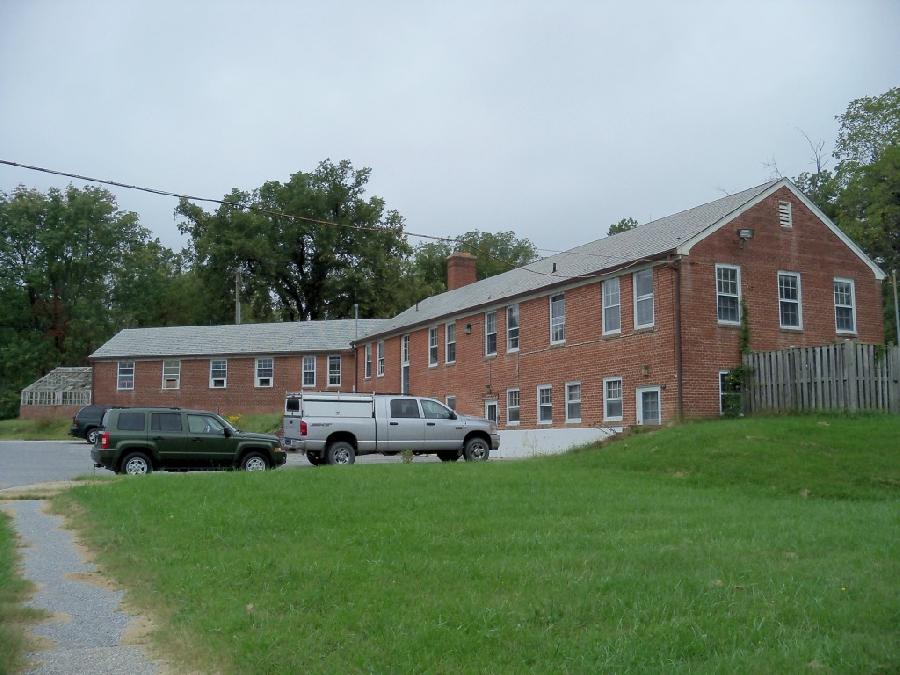

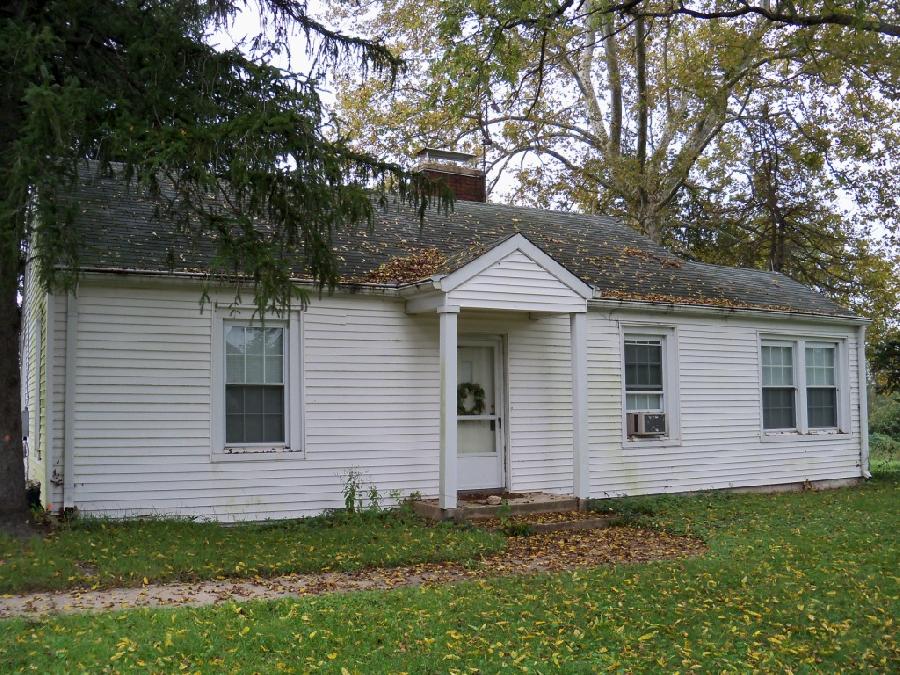
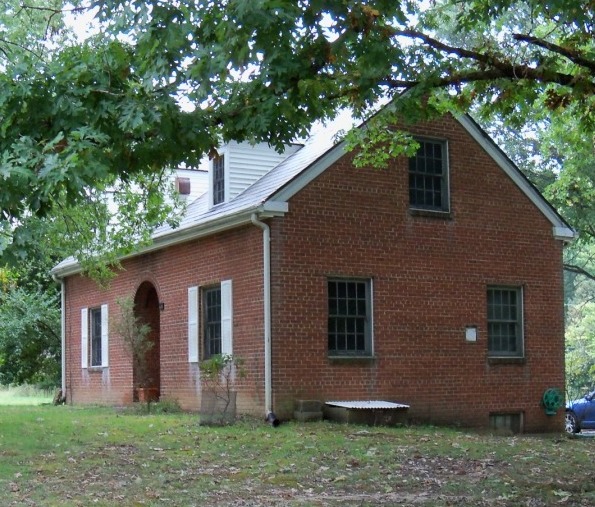

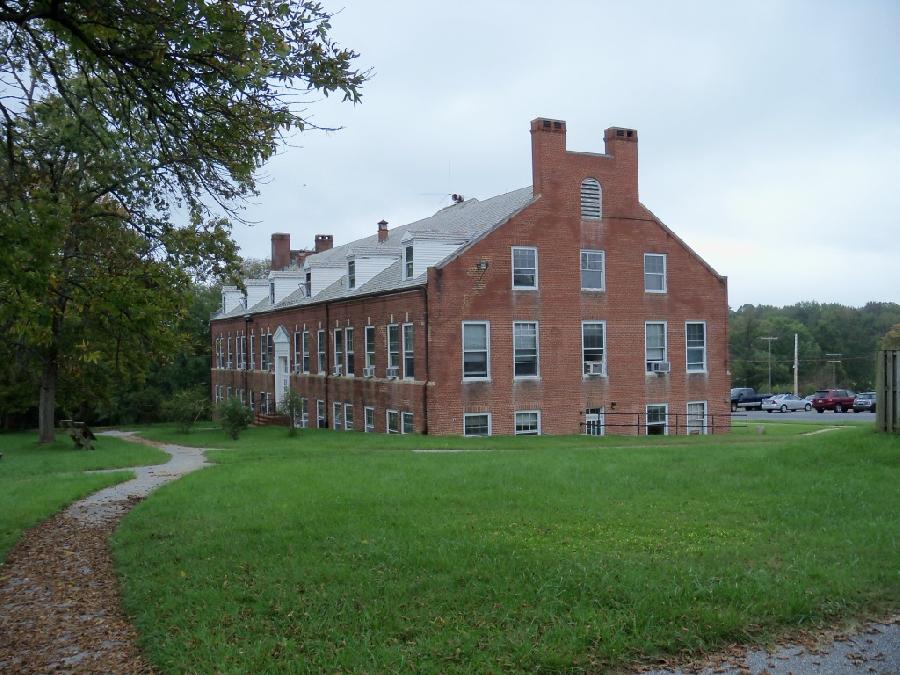
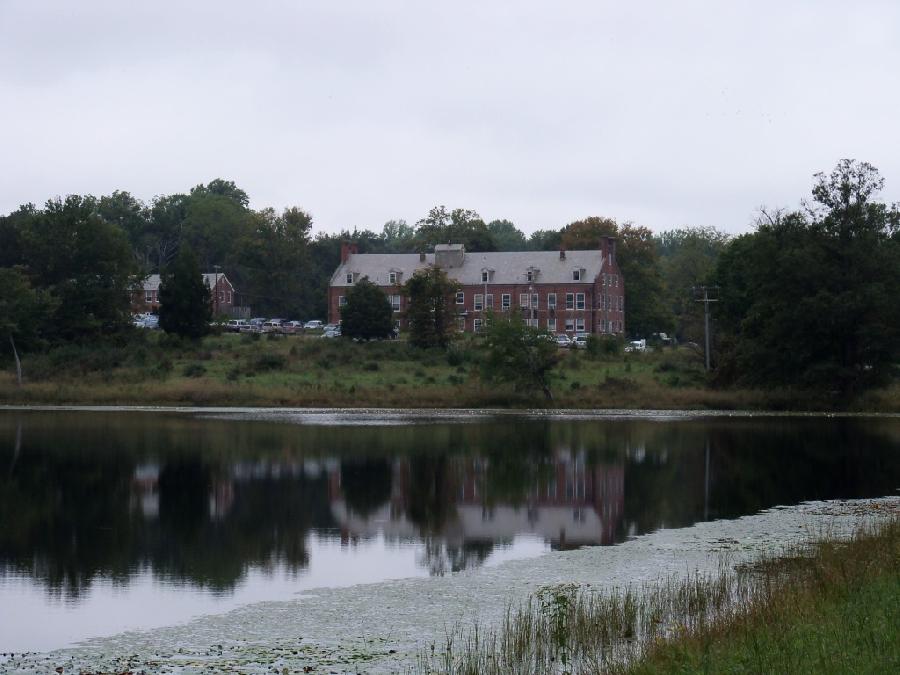
Join the Conversation